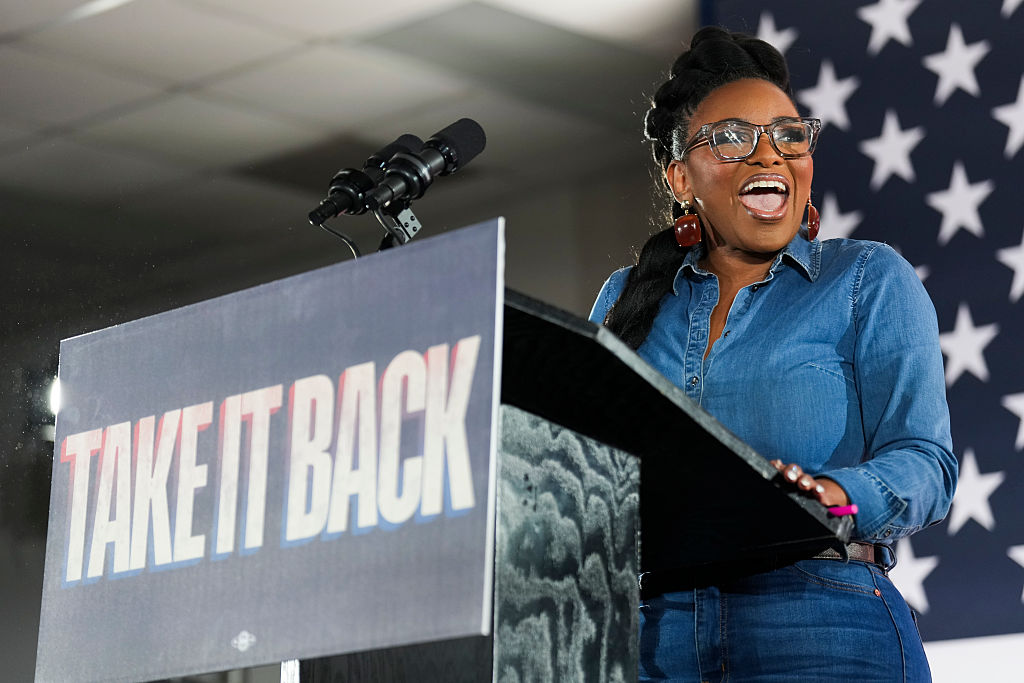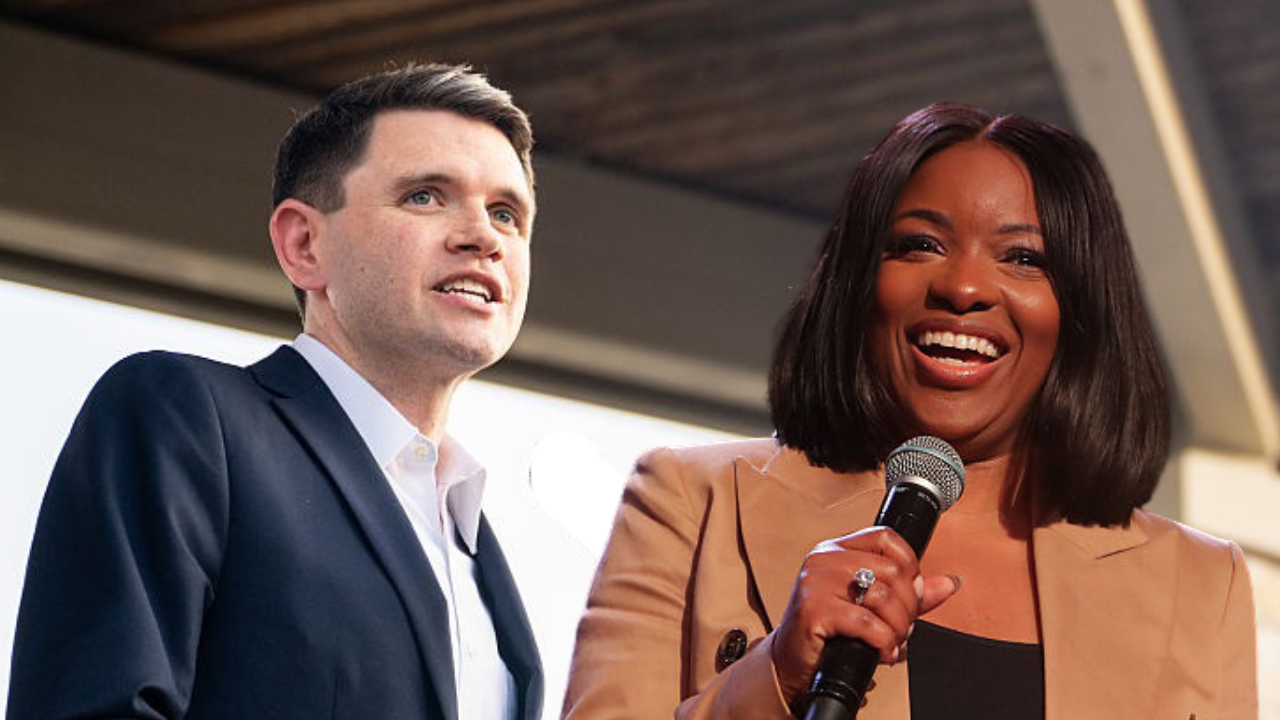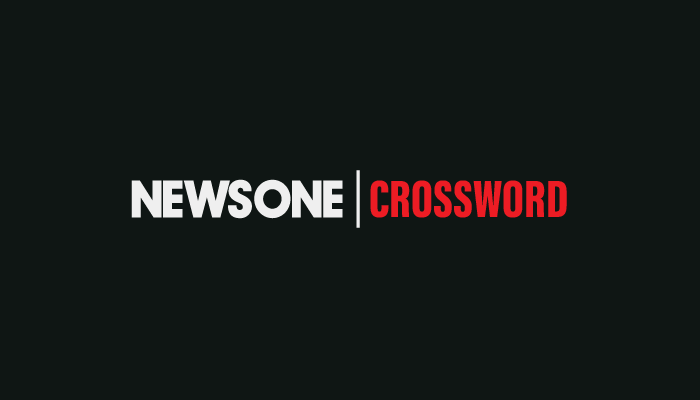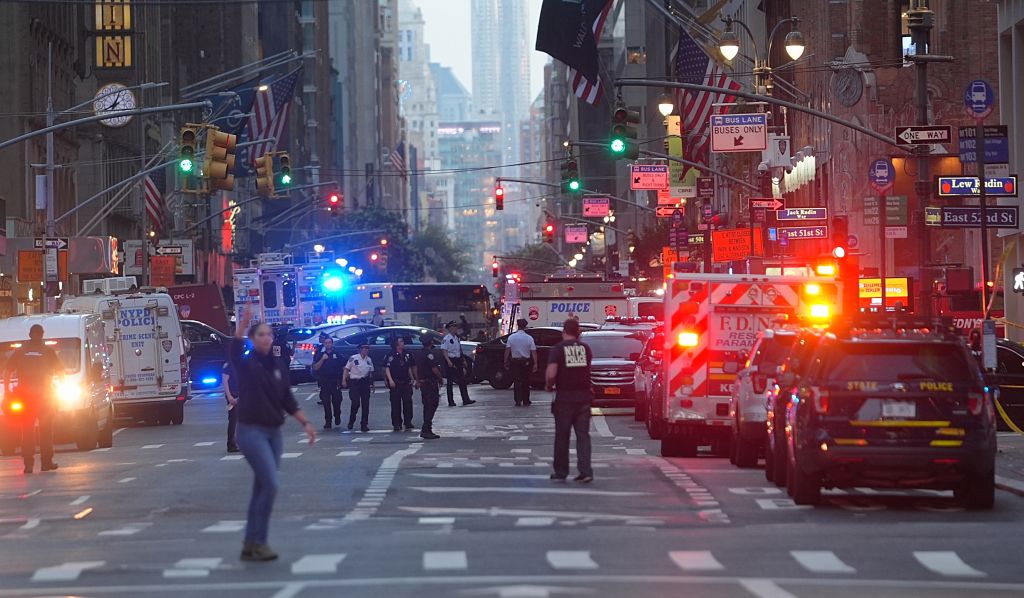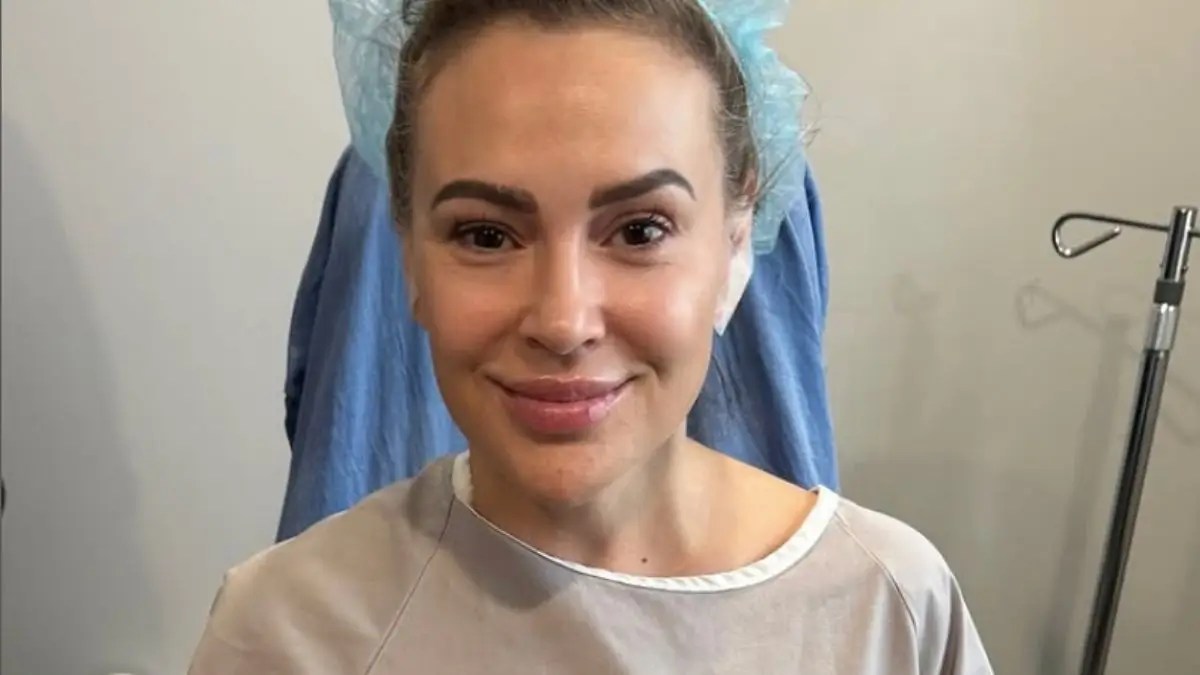Carmelo Anthony Brings The “House of Melo” Home To Baltimore

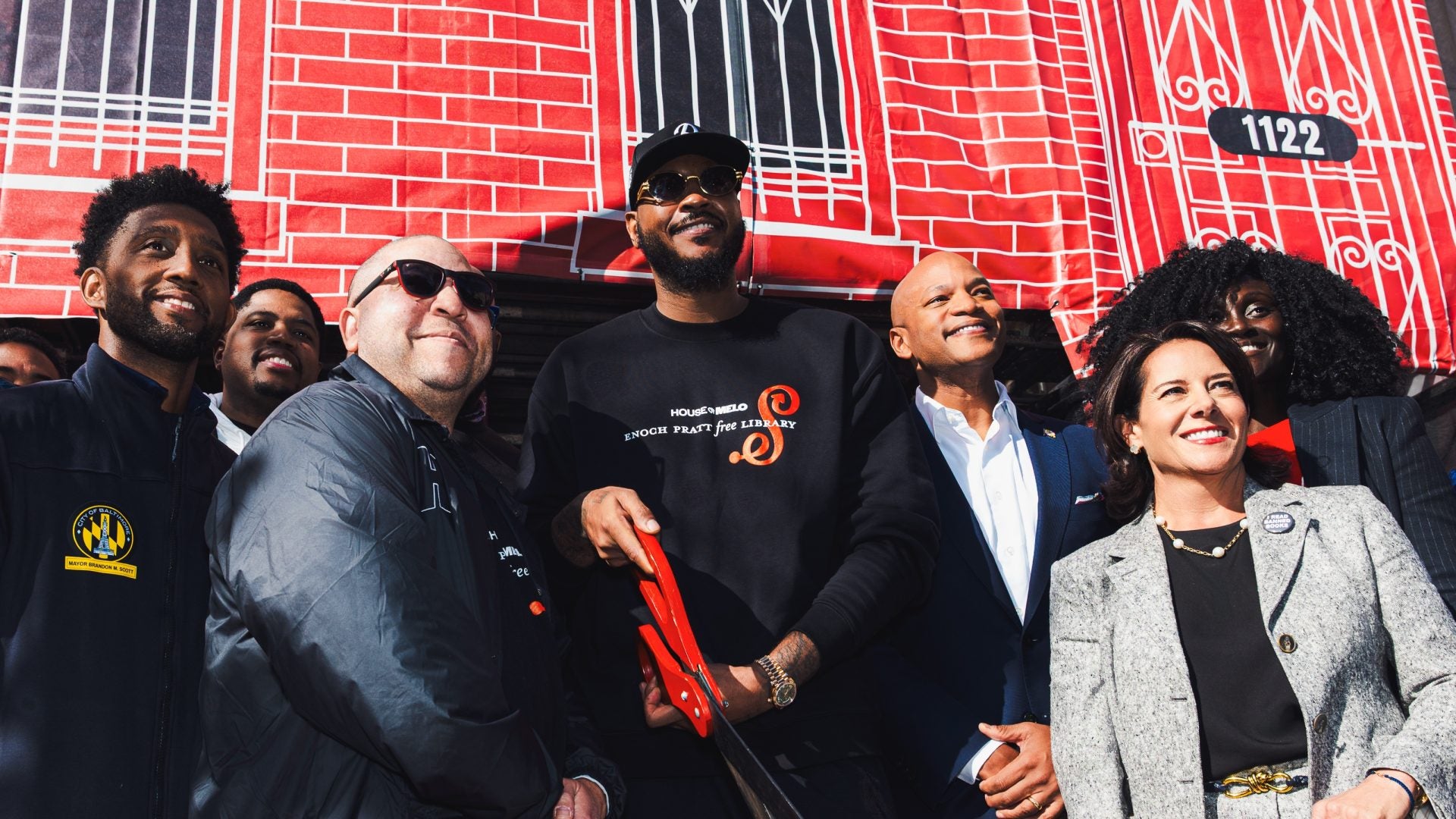 Courtesy
Courtesy On October 25, the front doors of Baltimore’s Enoch Pratt Free Library swung open fire red—an echo of Carmelo Anthony’s childhood home on Myrtle Avenue—welcoming the city inside what he calls House of Melo.
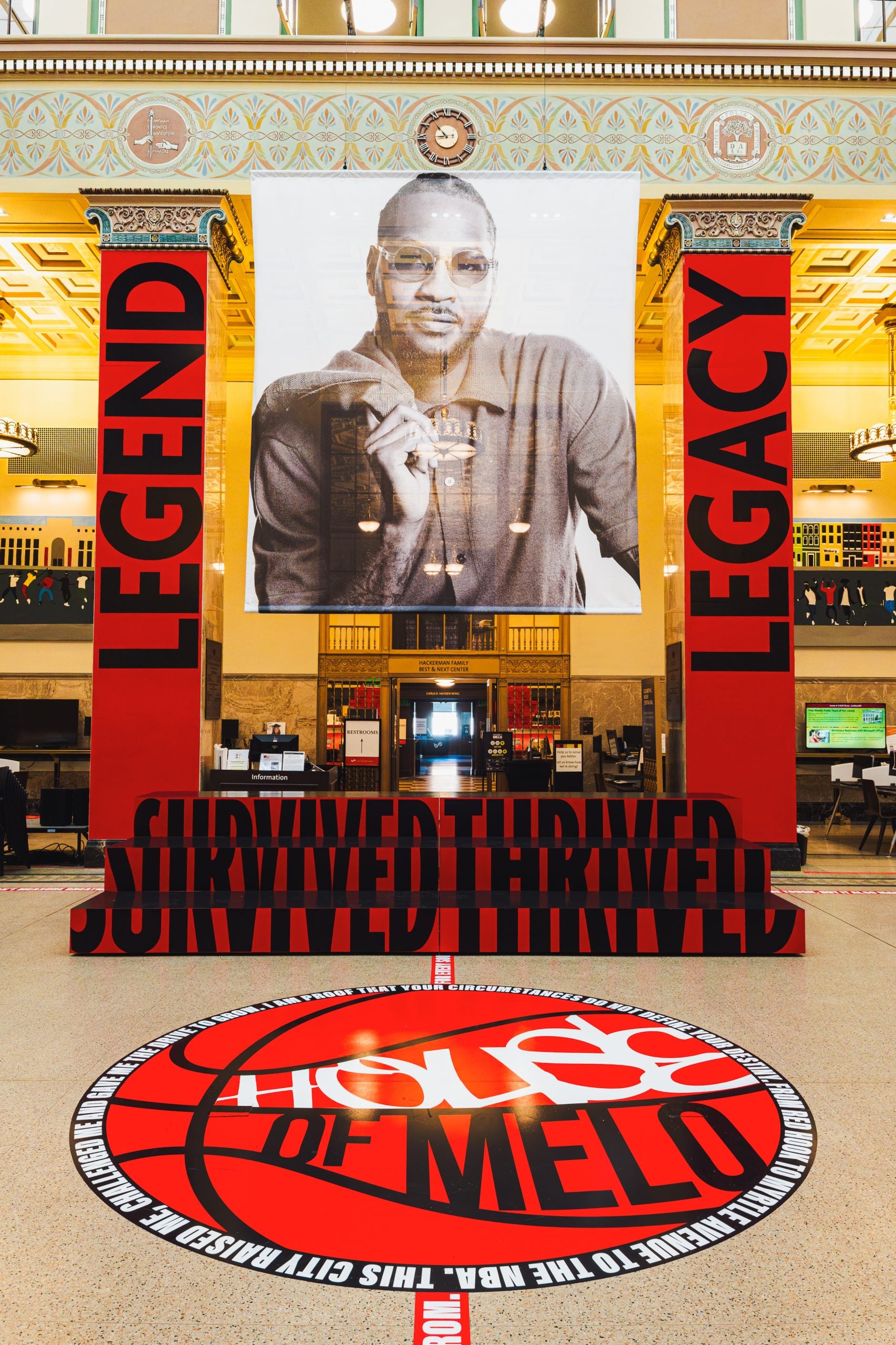 Baltimore photographer Devin Allen captures the streets and faces that shaped Melo, from Myrtle Avenue to Red Hook, each frame telling a story of grit, imagination, and perseverance.
Baltimore photographer Devin Allen captures the streets and faces that shaped Melo, from Myrtle Avenue to Red Hook, each frame telling a story of grit, imagination, and perseverance.
It’s not just an exhibit. It’s a homecoming. For eight weeks, one of Baltimore’s most revered sons transforms the historic library into a living, breathing monument to possibility. House of Melo, a free installation running through December 20, maps the journey of a 10-time NBA All-Star, entrepreneur, and philanthropist. But for Anthony, it’s less about nostalgia and more about access. “Accessibility was key,” he says. “This is for everyone who ever felt like their dream was out of reach.”
That’s why he chose the Pratt. “Alright, so I know that you could have opened this exhibit anywhere, so why was it important to bring it here, home to Baltimore and at this library?” he recalls being asked. “It’s free for sure. And I think when people hear that, they start thinking… but it was pivotal for me to just bring this back. I want the city to feel like they have something of their own—not going to D.C., not going to New York, not going to Atlanta or Miami. We’re coming back here because we have cool things we can do here, too.”
It’s part of a broader vision he describes as reclaiming community. “I think a lot of things are starting to become regional,” he explains. “Almost taking back your block in a sense. We see it with musicians in Puerto Rico, artists in Atlanta, Houston. I had an opportunity at the library restyling—like, let’s figure something out. Let’s get these kids back into the library. Let’s start connecting those dots and opening up those doors.”
Inside, the transformation moves like a memory: the Full-Court Room rises first—23-foot columns dressed in Anthony’s own words, bleachers carved out like pews in a cathedral of self-belief. One half of the court is raw, built from scaffolding and a crate hoop; the other half washed in futuristic light. “I walked into the library and saw the full-size basketball court, and it kind of tells two stories,” he says. “One side showing where you started, the other side symbolizing your legacy and possibilities. I’m a Gemini—duality is everywhere. Everything we do in life is duality, and you see that throughout this exhibit.”
It’s past and future talking to each other, the same way Melo talks about the kid from West Baltimore who still drives his ambition. “When I think about that boy on Myrtle,” he says, “I don’t see lack. I see imagination. These kids need hope. They need belief. They need people to believe in them. If they see me, somebody who’s walked through all of this and comes back to show them the full 360 of my journey… that can inspire them.”
Down the Early Years Walkway, Baltimore photographer Devin Allen captures the people and places that shaped him—Red Hook, Syracuse, Myrtle Avenue. Each frame breathes with grit and grace. “Devin’s from my side of town, too,” Melo says. “We’ve been shooting for years. Even when he first got his camera, we were shooting together. He’s giving hope and belief to younger generations, telling these kids it’s cool to take pictures—it’s not always about basketball or football.”
Music scores the journey. In the Soundtrack of Life Station, forty-one album covers line the walls like family portraits—Biggie, Nas, Mary, Jay. “That’s what raised me. Those lyrics were blueprints,” Melo says. “Right now, the song that best captures where I’m at? Jay-Z’s I Did It My Way. Not so much about doing it your way, but about finding your footing, your flow, and your work—and doing it your way. We came up through a lot, and now we’re at a library with an exhibit. We did it our way.”
The Locker Room pays homage to triumphs—Olympic golds, game balls, sneakers that once glowed under arena lights. “We’ve always been more than the game,” he says. “Basketball was the entry point, not the destination.”
Then there’s the Legacy Boardroom, where visitors can sit in Melo’s chair, record their own stories, or write in his Build the Future Book. “Legacy ain’t what you leave behind,” Melo says quietly. “It’s what you build while you’re here.”
Even the Newsstand flips the narrative—turning Melo’s magazine moments into mirrors where visitors see themselves on the cover. The message is clear: the story of success belongs to everyone.
Opening day feels like a block party. Food trucks, music, and limited-edition Pratt library cards—collectible keepsakes for the next generation of believers. The Sanctuary Collective, a youth program Melo supports, will host tournaments through the weekend, and starting in November, the library becomes a workshop hub led by voices across fashion, food, politics, and art.
“The exhibit is a portal into Carmelo’s evolution,” says Kai Deveraux Lawson, CEO of creative agency Valerie, who partnered with experiential studio Verb, writer D. Watkins, and stylist Khalilah Beavers to bring it to life. “But the House of Melo and its greater programming is a mirror—a front door to your own becoming.”
For Baltimore, House of Melo is more than a tribute to a hometown hero—it’s a reminder that greatness doesn’t outgrow its roots. It circles back, plants new seeds, and lights up the block in fire red, proof that the door is still open for whoever’s next.
The post Carmelo Anthony Brings The “House of Melo” Home To Baltimore appeared first on Essence.
What's Your Reaction?
 Like
0
Like
0
 Dislike
0
Dislike
0
 Love
0
Love
0
 Funny
0
Funny
0
 Angry
0
Angry
0
 Sad
0
Sad
0
 Wow
0
Wow
0









